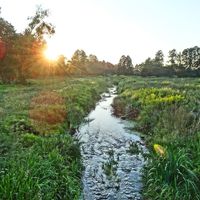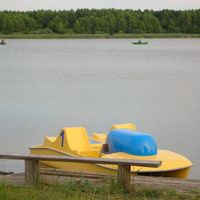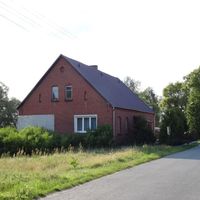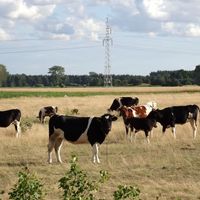New Village Wielka
7.71

Overview
The municipality of Nowa Wieś Wielka, located in the Kuyavian-Pomeranian Voivodeship within the Bydgoszcz County, is an area rich in history and diverse landscapes. The seat of the municipality is Nowa Wieś Wielka, and as of 2010, it constituted a significant part of Bydgoszcz County in terms of both area and population. The region is dominated by the Bydgoszcz Forest, and the terrain of the municipality is varied, featuring high dunes and valleys, which create favorable conditions for tourism. A key recreational spot is Lake Jezuickie, which attracts residents of Bydgoszcz. The municipality has preserved various architectural forms that reflect the region’s history, such as the neo-Gothic church in Nowa Wieś Wielka from 1867 and a hunting palace from the late 19th century in Brzoza. The municipality also boasts numerous sites related to former settlers, including relics of administrative fortifications. During the interwar period and after World War II, the region underwent significant transformation due to demographic changes and infrastructure development. The municipality stands out for its cultural diversity; in the past, its inhabitants were predominantly German, which led to strong Evangelical influences. Post-war changes and the process of suburbanization after 2000 contributed to population growth, which in turn stimulated the local economy. The municipality cooperates with the German municipality of Westerburg, highlighting its international connections. An interesting fact is that approximately 70% of the municipality’s area is covered by forests, making it one of the most forested municipalities in the region. Additionally, the area is known for its high natural values, with numerous forms of nature protection, making it an attractive destination for both tourists and residents.
Location
2025 Wizytor | All Rights Reserved









